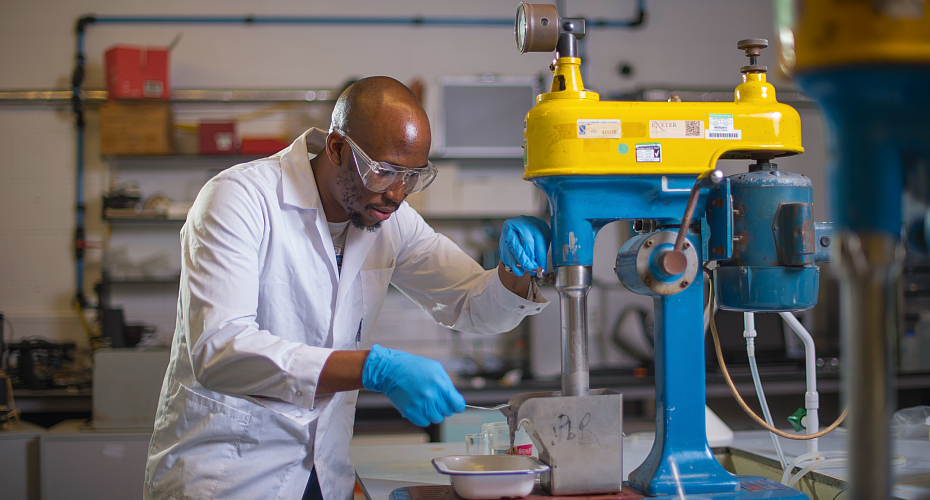Mineral recovery
Minerals have been at the heart of society since prehistoric times and will continue to be of vital importance moving forward: better understanding of minerals is key to a sustainable and prosperous future. Researchers at Camborne School of Mines in the ‘Minerals Engineering’ group focus on optimising the extraction of minerals and secondary material resources, through research into processing properties, extraction potential via physical separation and bioleaching, measurement and process control tools, and mathematical modelling and simulation. Of vital importance in this field is geometallurgy, a framework that links the geological structure, formation and location of minerals to mining and extraction through the identification, sampling and measurement of key parameters.
Group members

Projects
The main objective of OPTIMORE is to optimize the crushing, milling and separation ore processing technologies for Tungsten and Tantalum mineral processing, by means of improved fast and flexible fine tuning production process control based on new software models. Within this project our role is to improve the efficiency of gravity separation equipment through improved modelling using quantitative mineralogy and innovative sensing and control strategies. The project is sponsored by the EU Horizon 2020 programme.
The FAME project explores the mineralogical characteristics and novel processing routes for complex polymetallic pegmatite, skarn and greisen ores in Europe. It is sponsored by the EU Horizon 2020 programme.
Partners
Wardell Armstrong International, BRGM, Eurocolt, European Metals, Geokompetenzzentrum Freiberg, Geological Survey of Finland, GEOS Ingenieurgesellschaft, Keliber Oy, Laboratório Nacional de Energia e Geologia, Universite de Lorraine, Luleå Technical University, Natural History Museum, Nickelhutte Aue, Universidade do Porto, GBM, Saxore Bergbau.
The IMP@CT project is exploring integrated mobile modularised plant and containerised tools for sustainable, selective, low-impact mining of small, high-grade or complex deposits. It is sponsored by the EU Horizon 2020 programme.
Find out more on the IMP@CT website.
Our group is part of the STOICISM consortium: a group of 17 partners from 8 European Countries, working to develop sustainable and innovative solutions for minerals processing routes, reducing the carbon footprint of several calcined industrial minerals. The project is looking at the whole supply chain including extraction, waste valorisation and optimisation of the functionality for the end users.
This multidisciplinary study is investigating solutions for the extraction of cobalt from ore deposits in Europe. The principal aim is to understand the natural behaviour and biogeochemistry of cobalt in order to develop and apply novel bioprocessing strategies for cobalt extraction, recovery and the synthesis of targeted products. It is a collaboration between six UK universities, the Natural History Museum, Diamond Light Source and the Cobalt Development Institute.
Find out more on the Natural History Museum website.

